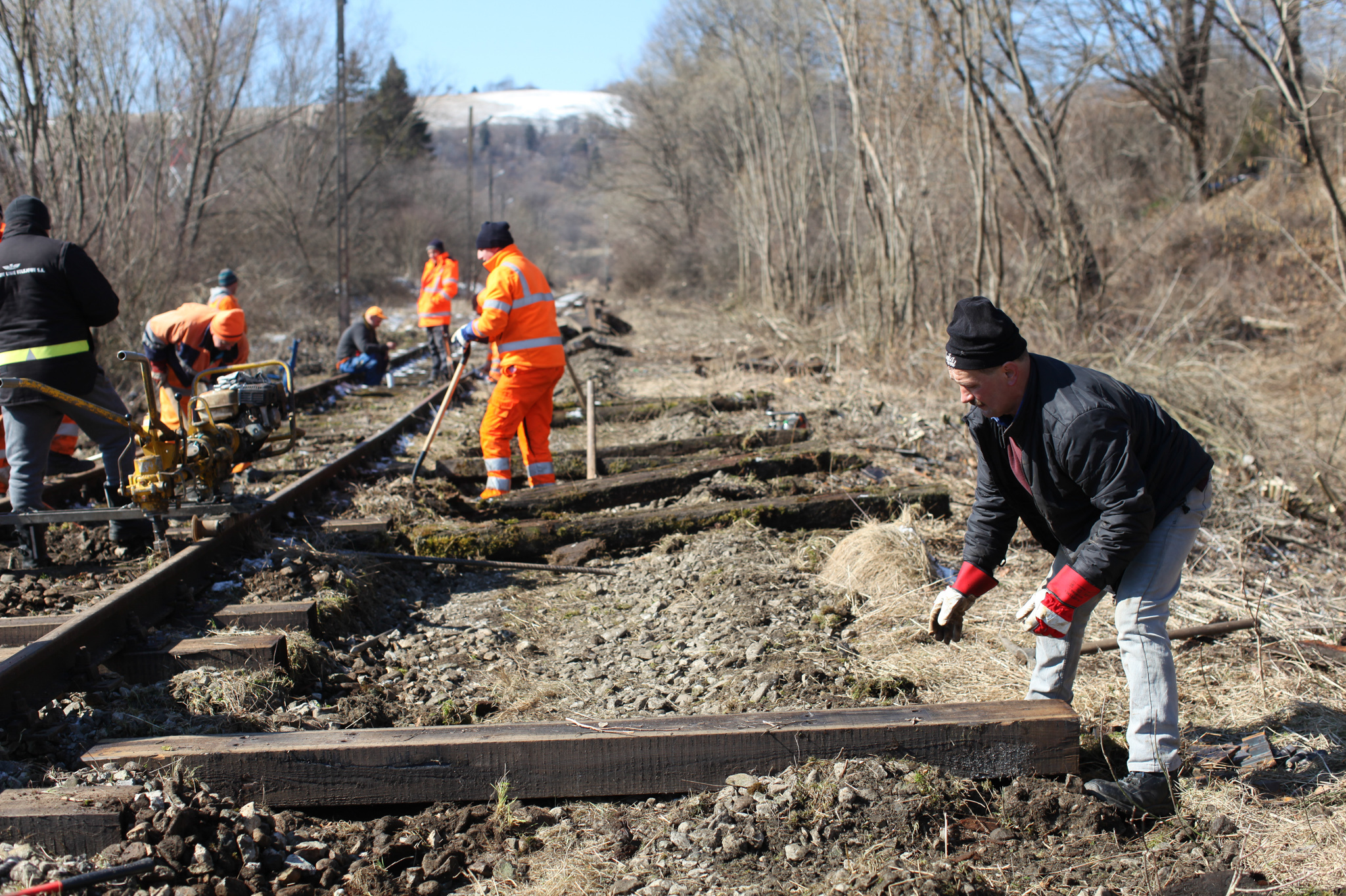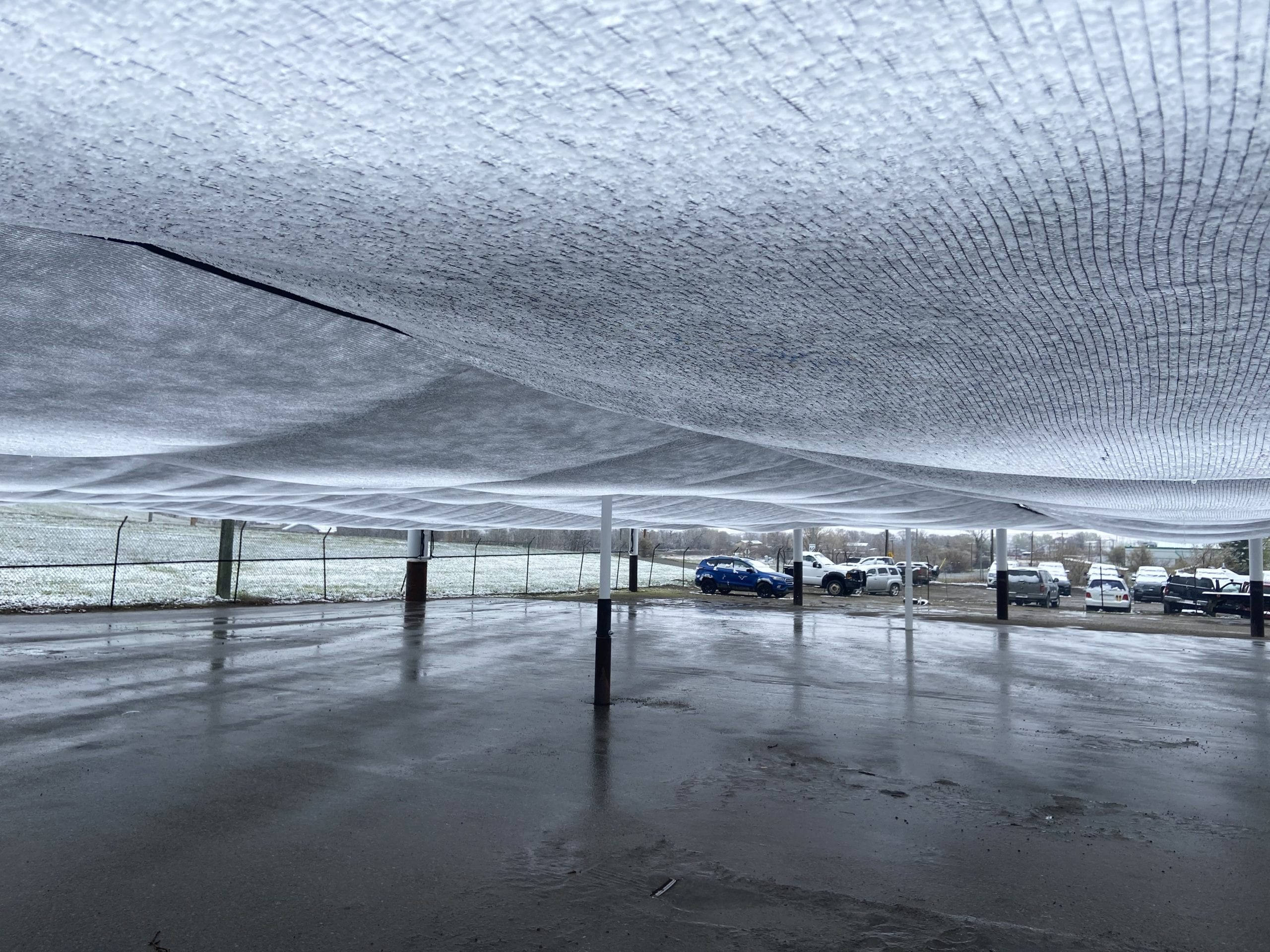Rail tracks have been a vital component of transportation infrastructure for decades, facilitating the movement of goods and people across vast distances. However, as times change, the need for upgrading and modernizing transportation systems has led to a growing trend in removing and exporting rail tracks. In this article, we’ll delve into the reasons behind this movement, the intricacies of the removal process, and the positive impact it can have on both the environment and economies.
Why Remove Rail Tracks?
The decision to remove rail tracks often stems from a combination of outdated infrastructure, environmental concerns, and economic factors. Aging tracks may pose safety risks, and the cost of maintaining them can outweigh the benefits. Additionally, advancements in transportation technologies may render certain rail routes obsolete, making removal a strategic move.
The Process of Removing Rail Tracks
Rail track removal involves intricate procedures, from demolition and dismantling to recycling and disposal. Companies specializing in this field utilize advanced technologies to ensure a smooth and efficient process. The associated costs, however, can vary based on factors such as track length, location, and the condition of the materials.
Environmental Impact
While the removal of rail tracks may seem counterintuitive to environmental conservation, it can have a positive impact. Recycling materials from dismantled tracks reduces the demand for new resources and minimizes waste. By adopting sustainable practices, the rail industry contributes to a greener and more eco-friendly future.
Economic Benefits of Exporting Rail Tracks
Exporting removed rail tracks presents a unique economic opportunity. As the global demand for recycled materials rises, countries engaging in rail track removal and exportation can capitalize on this market. The revenue generated can be reinvested into further transportation developments.
Challenges in Rail Track Removal
Despite the benefits, the process of removing rail tracks is not without its challenges. Technical difficulties, especially in densely populated urban areas, can complicate the removal process. Additionally, overcoming resistance from communities and navigating regulatory hurdles may pose significant roadblocks.
Success Stories
Numerous successful rail track removal projects serve as testament to the positive outcomes achievable. Communities have witnessed improved safety, enhanced aesthetics, and repurposed spaces that contribute to local development. The key lies in effective planning, community engagement, and the adoption of innovative technologies.
Innovations in Recycling Rail Tracks
The field of rail track recycling has witnessed remarkable innovations. Advanced technologies enable the extraction of valuable materials from tracks, which can be repurposed in various industries. Sustainable practices not only benefit the environment but also contribute to the circular economy.
Government Regulations
Governments play a crucial role in overseeing rail track removal projects. Strict regulations ensure compliance with environmental standards, safety measures, and community engagement. Understanding and adhering to these regulations is paramount for successful and responsible rail track removal.
Community Involvement
Engaging local communities in the rail track removal process is essential. Addressing concerns, providing information, and seeking input from residents foster a sense of collaboration. Communities that are actively involved in the decision-making process are more likely to support and benefit from the changes.
The Future of RAil Track Removal
The future of rail track removal is shaped by emerging trends and advancements. Sustainable practices, technological innovations, and a commitment to environmental stewardship will likely drive the industry forward. As transportation needs evolve, so too will the methods and approaches to rail track removal.
Case Study: Notable Rail Track Removal Project
Examining a specific rail track removal project offers insights into the challenges faced and the strategies employed. Lessons learned from such case studies can inform future projects, fostering a culture of continuous improvement and efficiency.
Benefits for Exporting Countries
Countries engaging in rail track removal and exportation stand to gain significant benefits. Beyond economic growth and job creation, international partnerships forged through exporting recycled materials contribute to global sustainability goals.
Conclusion
In conclusion, the story of removing rail tracks and exporting them is one of evolution, innovation, and positive transformation. By understanding the reasons behind removal, embracing sustainable practices, and involving communities, the rail industry can contribute to a more efficient, eco-friendly, and economically viable future.











yes but…walking trails instead of railroad tracks is not a unifying super achieving national endeavour.
You forgot to mention that the exported tracks are not replaced and many towns have died or not done too well since the railroad was removed. Many people in government voted to get rid of tracks, even in Renfrew country, CFB Petawawa, had utilized rail to move massive amounts of machinery and related stuff, now nothing. Lot’s of people faught to keep it, but nothing, gone. The truckers and auto industry and anti nation state crowd are against the railway, yet it is the most efficient transportation around, the Chinese know, they used our infrastructure to put us out of business faster while companies and government did nothing. In muskoka, the CN and CP rail lines run, year after year, endless trainloads of stuff Made in China. The government even allows foreign ownership and control by enemy controlled investment companies to take over the railroad industry, this is treason and a national security threat. We really need to look after the railroad and trains and keep it ours and not sold out by a bunch of imbeciles and traitors. We need to be on the right track!